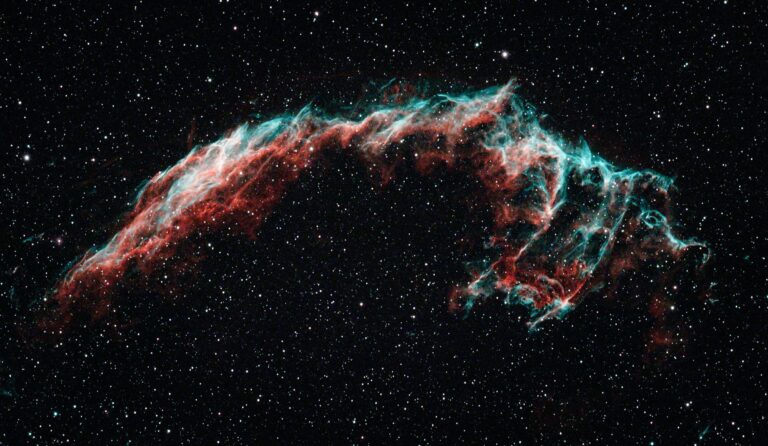Have you ever looked up at the night sky and wondered how it all works? You’re not alone. Scientists have been wrestling with that question for decades, piecing together clues about what constitutes our universe. Here’s the kicker—everything we can see, touch, or measure accounts for only about 5% of the cosmos. The other 95%? That’s dominated by two of the universe’s greatest mysteries, dark matter and dark energy.
If you’re scratching your head wondering what these elusive entities are, you’re in for a thrilling ride. This deep dive will explore the history, nature, and significance of dark matter and dark energy while shedding light (pun intended) on the questions that remain unanswered.
The Historical Quest to Understand the Universe’s Composition
Before we get into the nitty-gritty of dark matter and dark energy, let’s zoom out and look at the broader picture. For centuries, humans believed the universe was made up solely of the stars, planets, and galaxies we could see with the naked eye. That was the entire cast of cosmic characters.
Fast forward to the 20th century—cue the game-changing discoveries that flipped this perspective on its head. Astronomers began noticing peculiar behaviours in galaxies that couldn’t be explained by visible matter alone. For instance, stars on the edges of galaxies were orbiting way faster than they should, given the gravitational pull of all the matter we could observe.
This was the beginning of a curious revelation. There’s something “out there”—something we can’t see, yet it fundamentally shapes the universe. Enter the concepts of dark matter and dark energy, two mysterious players rewriting our understanding of the cosmos.
What Do We Know About Dark Matter?
Observational Evidence
Dark matter might not emit or absorb light, but its handprints are all over the universe. Observational evidence of its existence is pretty compelling.
- Galaxy Rotation Curves
Ever seen a figure skater spin? The further their arms are out, the slower they spin. Turns out, galaxies don’t follow this principle. Stars on the outskirts of spiral galaxies are spinning much faster than they should based on visible matter alone, suggesting there’s unseen mass holding them together—i.e., dark matter.
- Gravitational Lensing
This is when light from a distant star or galaxy gets bent as it passes through what seems like space. But it’s not empty—the bending occurs because of the gravitational pull of massive objects, including dark matter.
- Cosmic Microwave Background (CMB)
If we think of the universe like a painting, the CMB is its ancient canvas. Scientists analyzing temperature fluctuations in the CMB have deduced that there’s way more matter than just the baryonic (visible) kind we know.
Theoretical Models
Alright, so dark matter is out there… but what is it made of? That’s the billion-dollar question.
- WIMPs (Weakly Interacting Massive Particles): These hypothetical particles might interact with normal matter only through gravity and weak nuclear forces.
- Axions: Ultra-light particles that could clump together to form a “dark matter field.”
- MACHOs (Massive Compact Halo Objects): Think black holes, neutron stars, and other dense objects. While intriguing, they likely don’t account for all the dark matter we need to explain observed phenomena.
The truth? We’re still guessing.
The Enigma of Dark Energy
While dark matter supplies the “what holds the universe together” part of the equation, dark energy steps in as the “what’s pushing it apart?”
Discovery and Implications
Up until the 1990s, scientists thought the universe’s expansion (thanks to the Big Bang) was slowing down. But observations of distant supernovae showed the exact opposite—expansion is accelerating.
What’s driving it? Dark energy, is an unseen force or property that’s stretching the fabric of the universe itself.
Current Theories and Debates
Several ideas aim to explain dark energy, though none are confirmed yet.
- Cosmological Constant: Einstein once called it his “greatest blunder,” but it might be spot on. This idea proposes a constant energy density inherent to space itself—kind of like an invisible spring expanding everything around it.
- Quintessence: Unlike the cosmological constant, this theory suggests dark energy evolves over time.
- Modified Gravity Theories: Maybe our understanding of gravity is what’s flawed, and what we perceive as dark energy is just gravity behaving in unexpected ways.
The Search for Answers
Ongoing Research and Experiments
Scientists are far from being idle when it comes to cracking these cosmic riddles.
- Particle Accelerators: Facilities like CERN’s Large Hadron Collider are searching for new subatomic particles that could help define dark matter.
- Space Missions: Projects such as the Euclid satellite aim to map cosmic structures and better understand the influence of dark energy.
- Underground Detectors: Precious few particles of dark matter might interact with visible matter—underground detectors are trying to catch them in the act.
Future Possibilities and Challenges
The road ahead is, well, dark. But that’s part of what makes this an exciting frontier. New technologies in quantum mechanics and astrophysics could reveal insights we can scarcely imagine today. The challenge lies in funding and developing innovative instruments capable of peering deeper into the universe’s secrets.
The Broader Significance of Understanding Dark Matter and Dark Energy
Why does this all matter (pun intended again)? Well, for starters, these mysterious components constitute 95% of the universe. Fully understanding dark matter and dark energy could reshape the laws of physics and rewrite our understanding of the cosmos.
Additionally, these studies have practical applications. Advances in materials science, computing (hello, quantum processors), and mathematics often emerge from this kind of fundamental research.
Oh, and one more tiny thing—it could help us predict the future of the universe. Will it keep stretching forever, collapse back in on itself, or reach a steady state? Solving the mysteries of dark energy could give us answers.
Fuel the Curiosity That Drives Discovery
Dark matter and dark energy remind us of the sheer scale of what we don’t yet know—and that’s the beauty of science. The more we learn, the more questions arise.
As we continue to unravel the cosmic puzzle, one thing is crystal clear—we’ve barely begun to scratch the surface. And if you’re someone who’s as captivated by the night sky as scientists piecing these mysteries together, consider this an open invitation. Grab a telescope, read up on the latest discoveries, and always keep asking questions. Who knows? Maybe you’ll be the one to help rewrite what we know about the universe.





















0 Comments